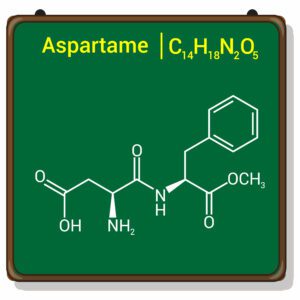Methyl Salicylate: A Natural Pain Reliever with Multiple Mechanisms of Action
March 22, 2023
 729
729 
Introduction
The therapeutic benefits of methyl salicylate, a naturally occurring compound found in plants such as wintergreen, sweet birch, and meadowsweet, have been known for centuries. Commonly referred to as oil of wintergreen, this versatile compound has long been used as a remedy for various types of pain. This blog post delves into the science behind methyl salicylate’s pain-relieving properties, exploring the multiple ways it can offer relief from discomfort.
Methyl salicylate is a powerful analgesic, providing relief from pain caused by musculoskeletal conditions such as arthritis, muscle strains, and sprains. A 2010 study published in the Journal of Clinical Rheumatology found that a 30% methyl salicylate cream applied topically to the affected area significantly reduced pain in patients suffering from knee osteoarthritis (Erdemoglu & Güleç, 2010). The analgesic properties of methyl salicylate can be attributed to its ability to block pain signals in the nerves, reducing the sensation of pain at the source.
Inflammation often goes hand-in-hand with pain, and methyl salicylate’s anti-inflammatory properties can help tackle this issue. In a 2013 study, researchers found that methyl salicylate effectively reduced inflammation in rats with induced edema (swelling), suggesting its potential use for treating inflammatory conditions in humans (Sharma et al., 2013). By reducing inflammation, methyl salicylate can alleviate the pressure on nerves and tissues, leading to decreased pain and discomfort.
Methyl salicylate can also provide pain relief through its counterirritant properties. As a counterirritant, it creates a mild, localized irritation on the skin, which helps to distract from deeper, more severe pain. According to a 2017 review, counterirritants like methyl salicylate can provide temporary relief from pain by activating specific sensory receptors in the skin and masking the perception of pain (Persson et al., 2017).
Another way methyl salicylate can relieve pain is by promoting vasodilation, or the widening of blood vessels. This increased blood flow can help deliver essential nutrients and oxygen to the affected area while removing waste products and toxins, thereby facilitating the healing process. A 2016 study found that a topical cream containing methyl salicylate increased blood flow to the applied area by up to 73% (López-Hidalgo et al., 2016). This vasodilation effect can contribute to reduced pain and faster recovery from injuries.
Conclusion
Methyl salicylate’s multi-faceted pain-relieving properties make it a valuable component in various over-the-counter and prescription medications. Its natural origins and diverse mechanisms of action offer hope for individuals suffering from chronic and acute pain alike. As our understanding of this versatile compound deepens, methyl salicylate is poised to remain an important player in the field of pain management.

A new study suggests that a widely used sugar substitute found in diet sodas, chewing gum, and low-sugar yogurt may elevate insulin levels. This could increase the long-term risk of heart disease. “Artificial sweeteners have infiltrated nearly all types of food, making it crucial to understand their long-term health effects,” said Yihai Cao, senior author […]

Diet Coke has long been a fan-favorite among soda lovers who want a fizzy, guilt-free alternative to traditional soft drinks. While its zero-calorie, zero-sugar label makes it seem like a healthier option, the reality is far more concerning. Despite its undeniable popularity, Diet Coke’s nutritional profile has raised red flags among health experts for years. […]

New study shows that embracing an anti-inflammatory, plant-forward diet can support cognitive function and help reduce the risk of dementia. What You Eat Shapes Your Brain The food you eat doesn’t just impact your body—it also affects your brain. Research suggests that eating an anti-inflammatory, plant-based diet can help improve memory, focus, and overall brain […]